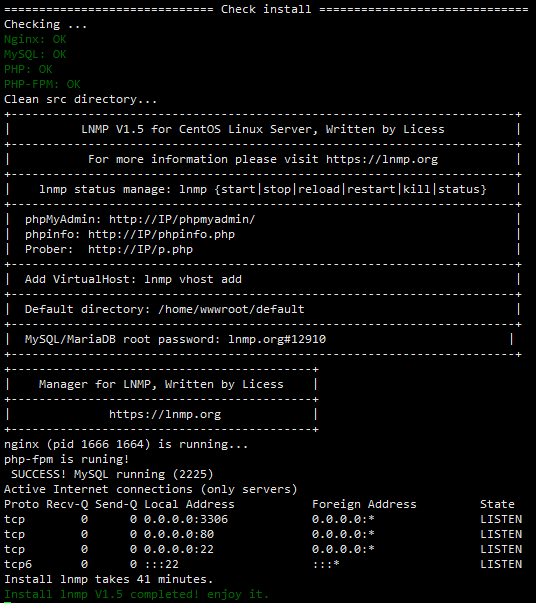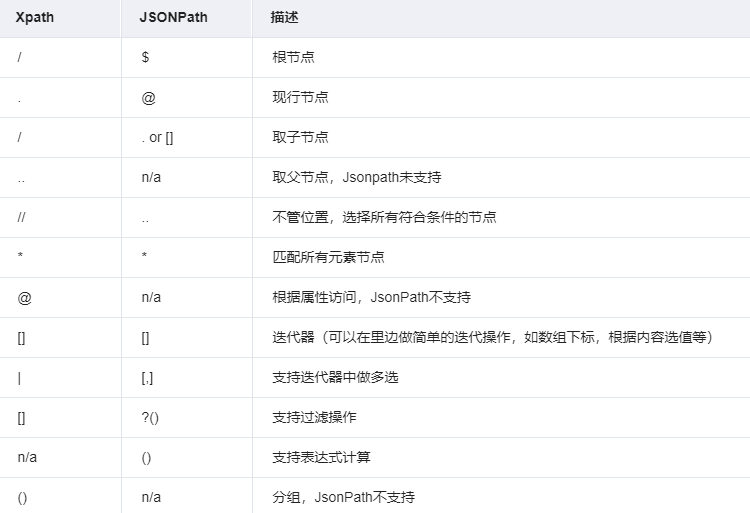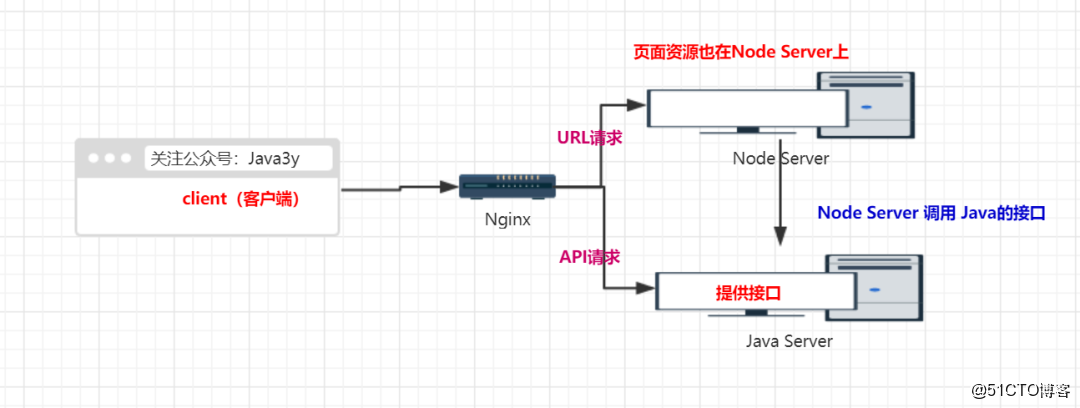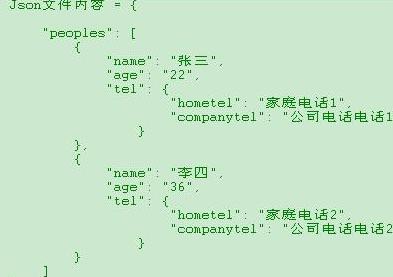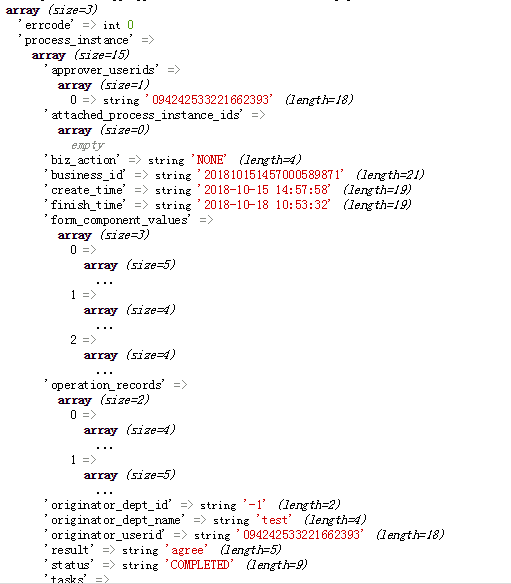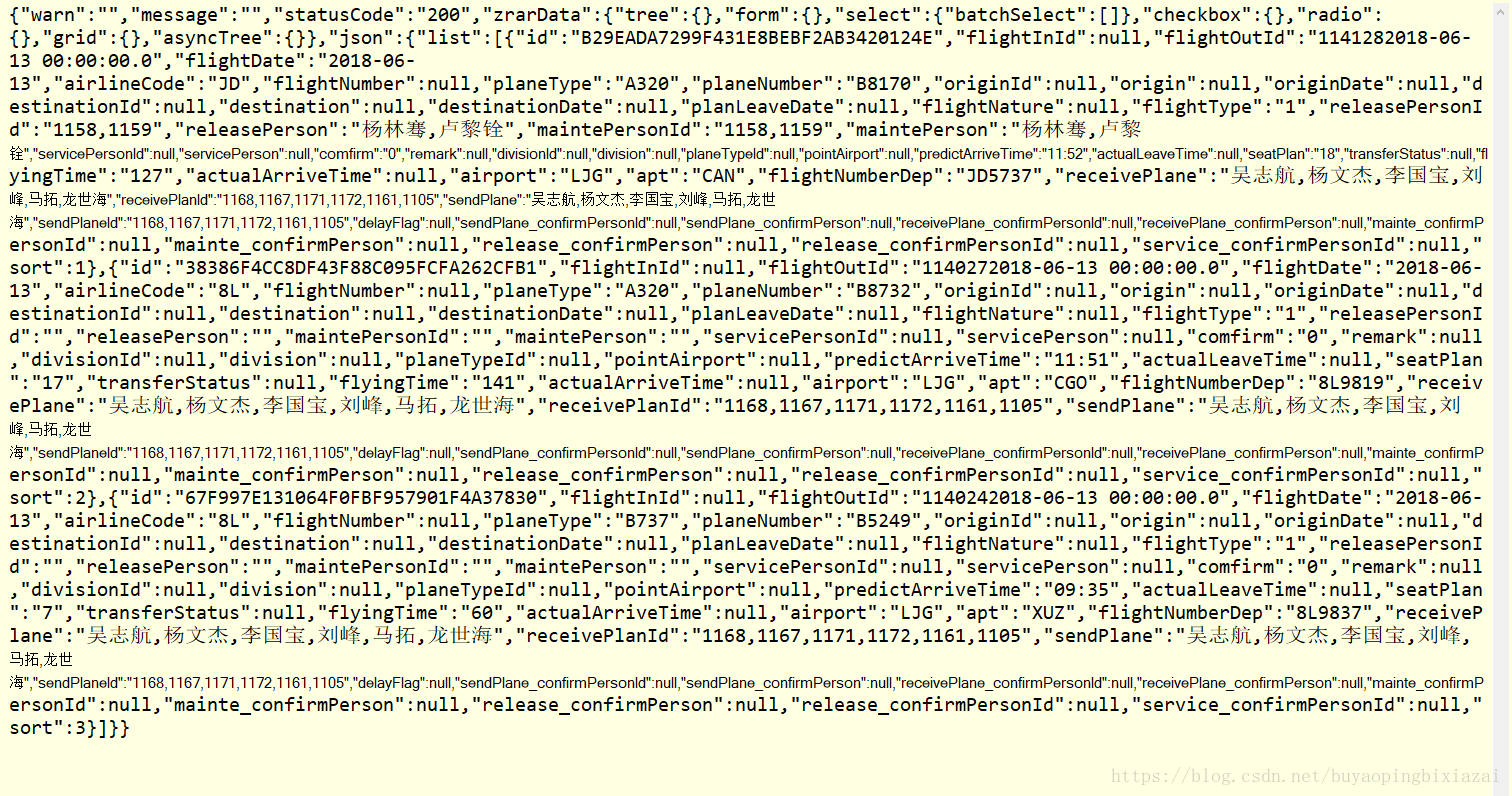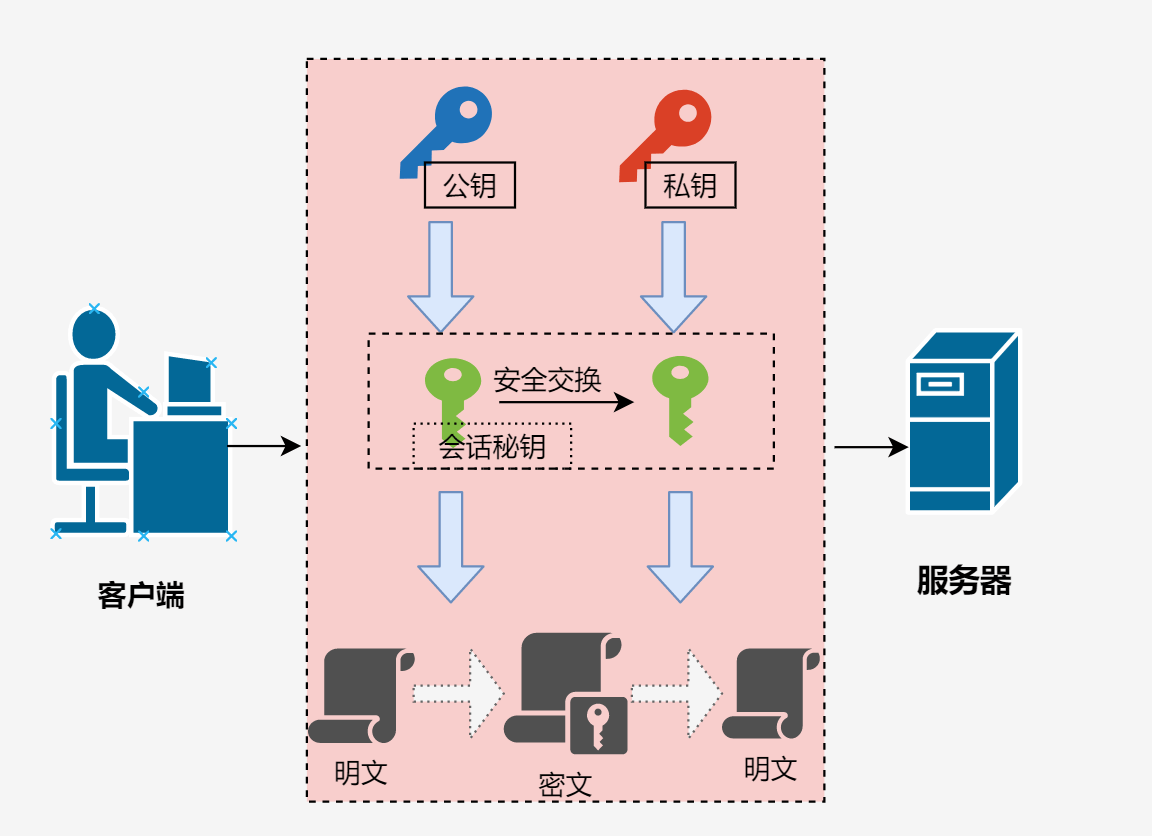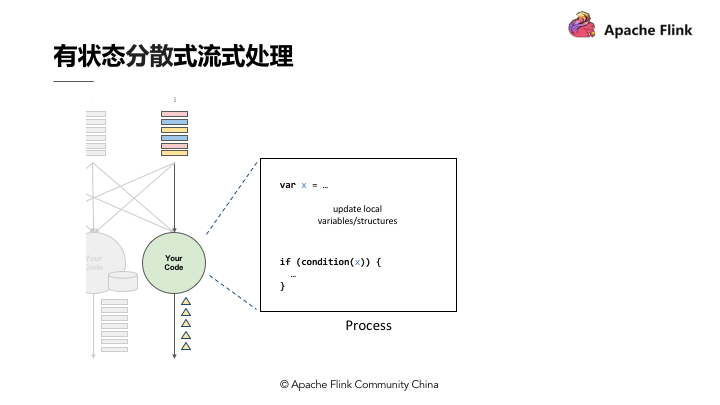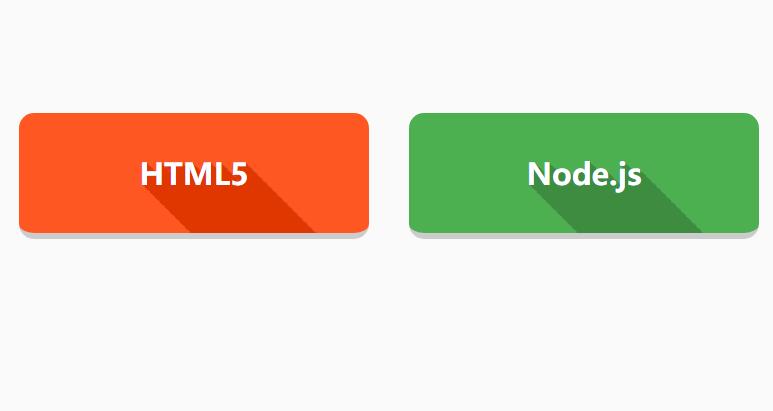上一篇
如何在Gin框架中正确返回JSON数据?
- 行业动态
- 2025-04-26
- 3907
Gin框架通过
c.JSON()方法返回JSON数据,支持自定义状态码和数据结构,开发者可定义结构体并添加 json标签控制序列化字段,利用中间件处理统一响应格式,结合性能优化库如jsoniter可提升序列化效率,适用于构建RESTful API接口。
基础使用:返回简单JSON
Gin框架通过c.JSON()方法快速生成JSON响应,支持自定义HTTP状态码:
package main
import "github.com/gin-gonic/gin"
func main() {
r := gin.Default()
r.GET("/api/user", func(c *gin.Context) {
c.JSON(200, gin.H{
"id": 1,
"name": "John Doe",
"email": "john@example.com",
})
})
r.Run(":8080")
}此时访问/api/user将返回:
{
"id": 1,
"name": "John Doe",
"email": "john@example.com"
}定制JSON响应
使用结构体定义数据模型(推荐)
通过结构体可明确字段类型并提升代码可维护性:

type UserResponse struct {
ID int `json:"id"`
Username string `json:"username"`
Status string `json:"status,omitempty"` // omitempty表示空值不输出
}
func getUser(c *gin.Context) {
user := UserResponse{
ID: 1001,
Username: "gin_user",
}
c.JSON(http.StatusOK, user)
}嵌套结构体处理复杂数据
type Order struct {
OrderID string `json:"order_id"`
Items []OrderItem `json:"items"`
}
type OrderItem struct {
ProductID int `json:"product_id"`
Quantity int `json:"quantity"`
Price string `json:"price"`
}
func getOrder(c *gin.Context) {
order := Order{
OrderID: "202510011234",
Items: []OrderItem{
{ProductID: 5, Quantity: 2, Price: "$19.99"},
{ProductID: 8, Quantity: 1, Price: "$9.99"},
},
}
c.JSON(200, order)
}错误处理与标准响应格式
统一错误返回格式
type ErrorResponse struct {
Code int `json:"code"`
Message string `json:"message"`
}
func handleError(c *gin.Context, code int, message string) {
c.JSON(code, ErrorResponse{
Code: code,
Message: message,
})
}
// 使用示例
r.GET("/protected", func(c *gin.Context) {
if !checkAuth(c) {
handleError(c, 401, "身份验证失败")
return
}
// 正常业务逻辑...
})HTTP状态码规范
200 OK: 成功请求400 Bad Request: 客户端参数错误401 Unauthorized: 未授权访问404 Not Found: 资源不存在500 Internal Server Error: 服务端内部错误
高级应用场景
数据验证与错误返回
结合Gin的绑定功能验证请求参数:
type LoginRequest struct {
Username string `json:"username" binding:"required,min=3"`
Password string `json:"password" binding:"required,min=6"`
}
func loginHandler(c *gin.Context) {
var req LoginRequest
if err := c.ShouldBindJSON(&req); err != nil {
handleError(c, 400, "参数校验失败: "+err.Error())
return
}
// 验证通过后的业务逻辑...
}性能优化技巧
- 避免内存分配:使用对象池复用结构体
- 禁用非必需转义:
c.JSON()自动开启HTML字符转义,若需关闭:gin.DisableJsonEscaping = true // 全局生效,需谨慎使用
常见问题解决方案
处理空值字段
通过omitempty标签控制空值显示:
type Profile struct {
Bio string `json:"bio,omitempty"`
Location string `json:"location,omitempty"`
}跨域支持(CORS)
使用中间件处理跨域请求:
func CORSMiddleware() gin.HandlerFunc {
return func(c *gin.Context) {
c.Writer.Header().Set("Access-Control-Allow-Origin", "*")
c.Writer.Header().Set("Access-Control-Allow-Headers", "*")
if c.Request.Method == "OPTIONS" {
c.AbortWithStatus(204)
return
}
c.Next()
}
}
func main() {
r := gin.Default()
r.Use(CORSMiddleware())
// 注册路由...
}在Gin框架中返回JSON响应需要关注数据结构设计、状态码规范、错误处理机制和性能优化,通过结构体定义数据模型、统一响应格式、结合验证中间件,可以构建出健壮的API服务,建议遵循RESTful设计规范,保持接口风格统一,同时注意生产环境中的安全性配置。
引用说明
本文代码示例基于以下资源:
- Gin框架官方文档 github.com/gin-gonic/gin
- Go语言标准库文档 pkg.go.dev
